
Sundarban Mangrove Forest: A Realm of Royal Bengal Tigers and Mystical Waterways
Explore the Sundarban Mangrove Forest, home to the Royal Bengal Tiger, a UNESCO World Heritage Site offering unparalleled biodiversity and thrilling wilderness adventures.
The Sundarban Mangrove Forest, a UNESCO World Heritage site, is the world's largest mangrove ecosystem, a mesmerizing labyrinth of tidal waterways, mudflats, and small islands. Shared between Bangladesh and India, this unique destination teems with exceptional biodiversity, including the iconic Royal Bengal tiger, diverse bird species, estuarine crocodiles, and the endangered river terrapin. Exploring the Sundarbans offers an unparalleled adventure, immersing visitors in the raw beauty of its dense mangrove forests and intricate river systems. From thrilling boat safaris to exploring ancient ruins, the Sundarbans promises an unforgettable journey into a world teeming with unique flora and fauna, intertwined with legends and enigmas. The Sundarbans is a must-visit for nature enthusiasts and adventure seekers alike.
A brief summary to Sundarban Mangrove Forest
- JG24+FWV, Dacope, BD
Local tips
- Obtain necessary permits and permissions in advance through the Forest Department to avoid delays and ensure entry to protected areas.
- Hire a local guide with expertise in wildlife spotting and navigating the complex waterways for a richer and safer experience.
- Pack insect repellent, sunscreen, and appropriate clothing for humid and potentially buggy conditions.
- Respect local customs and traditions, and support sustainable tourism practices to help preserve the Sundarbans ecosystem.
- Carry sufficient drinking water, as potable water sources within the Sundarbans are limited.
Getting There
-
Boat
The final approach to specific locations within the Sundarban Mangrove Forest invariably involves boat travel, as waterways are the primary means of access. From embarkation points like Godkhali, Sonakhali or Canning, hire a boat (options range from small wooden boats to larger launches) to reach designated tourist spots, wildlife sanctuaries, or forest rest houses. Boat hire costs vary significantly based on size, duration, and included amenities. A basic 4-cylinder boat for a day trip may cost around ৳7,000-৳8,000, while larger, more equipped vessels for multi-day tours can range from ৳13,000-৳17,000 per day. Factor in additional costs for forest entry permits (approx. ৳1,000 per foreign visitor per day), guide fees (approx. ৳2,000 per day for a foreign visitors), and potential overnight stay fees if applicable. Ensure your boat operator is licensed and knowledgeable about the forest regulations.
Discover more about Sundarban Mangrove Forest
Iconic landmarks you can’t miss
Sundarban Mangrove Forest
0.0 km
Explore the Sundarban Mangrove Forest, home to the Royal Bengal Tiger, a UNESCO World Heritage Site offering unparalleled biodiversity and thrilling wilderness adventures.

Gol Kanon Eco Resort
16.4 km
Discover the serene beauty of the Sundarbans at Gol Kanon Eco Resort: Experience authentic culture, sustainable tourism, and breathtaking natural landscapes in Bangladesh.

Batikhali Mondir Mor - বাতিখালি মন্দির মোড়
19.4 km
Discover the historical charm of Batikhali Mondir Mor in Paikgachha, an essential destination for those seeking to explore Bangladesh's rich cultural heritage.

Sundarban
19.7 km
Explore the Sundarban, the world's largest mangrove forest and a UNESCO World Heritage site, home to the Royal Bengal tiger and a unique ecosystem of tidal waterways and diverse wildlife.
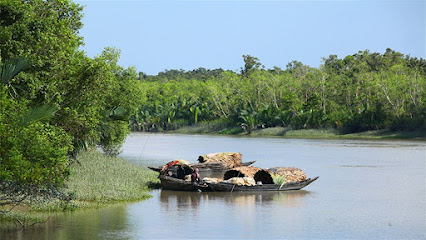
Labanchara,Rupsha bridge,Khulna
20.9 km
Experience the serene lifestyle of Labanchara, a peaceful housing society near the picturesque Rupsha Bridge in Khulna, Bangladesh.

কাসেমিয়া মসজিদ মোড়, খুলনা
21.5 km
Explore Khulna's Historical Landmark: A Journey Through Bangladesh's Rich Heritage and Architectural Splendor.
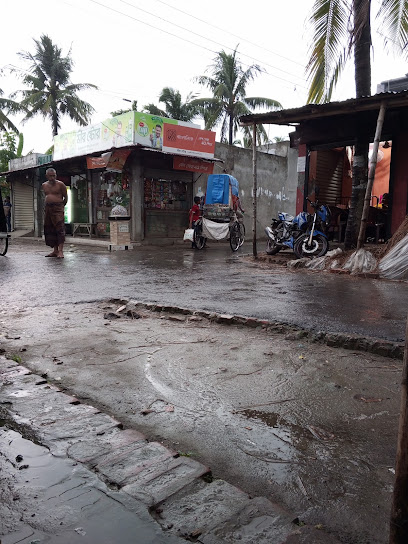
Gollamari Memorial Monument
22.1 km
A somber and inspiring memorial in Khulna, Bangladesh, commemorating the sacrifices of the 1971 Liberation War and honoring the resilience of the Bangladeshi people.

Khulna Shipyard Limited
22.2 km
Discover Khulna Shipyard Limited, a hub of shipbuilding excellence in Bangladesh, showcasing the artistry and engineering of maritime craftsmanship.
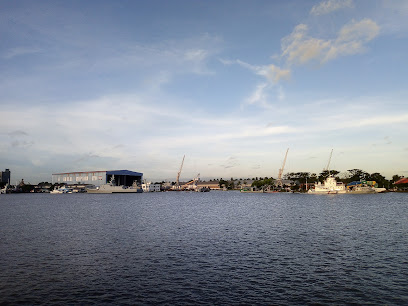
Gollamari More
22.5 km
Experience the vibrant heart of Khulna at Gollamari More, a bustling town square where culture, commerce, and history converge, offering a taste of authentic Bangladeshi life.

Khulna University Central Mosque
22.5 km
Discover the architectural splendor and spiritual serenity of Khulna University Central Mosque, a landmark blending modern design with Islamic tradition.

Adamya Bangla
22.6 km
A towering monument at Khulna University, honoring the brave freedom fighters of the Bangladesh Liberation War and their sacrifices.

Central Library, Wi-Fi Zone
22.7 km
Khulna's Central Library: Your gateway to knowledge, community, and free Wi-Fi in a serene environment.

Nirala More
22.9 km
Experience the vibrant heart of Khulna at Nirala More, a bustling town square offering a taste of local culture, cuisine, and community spirit.
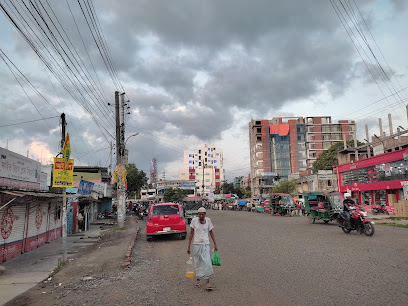
জয়বাংলা মোড় ( Joy Bangla Mor)
22.9 km
Experience the vibrant culture and rich history of Bangladesh at Joy Bangla Mor in Khulna, a bustling landmark offering a glimpse into the heart of the city.
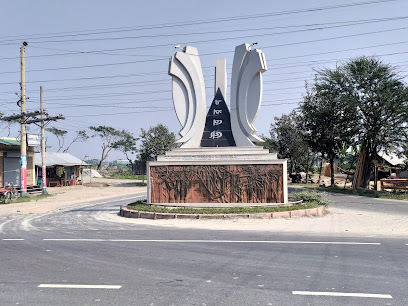
PTI More
23.8 km
Experience the vibrant heart of Khulna at PTI More, a bustling town square where local culture thrives, offering authentic street food, unique crafts, and a warm community atmosphere.
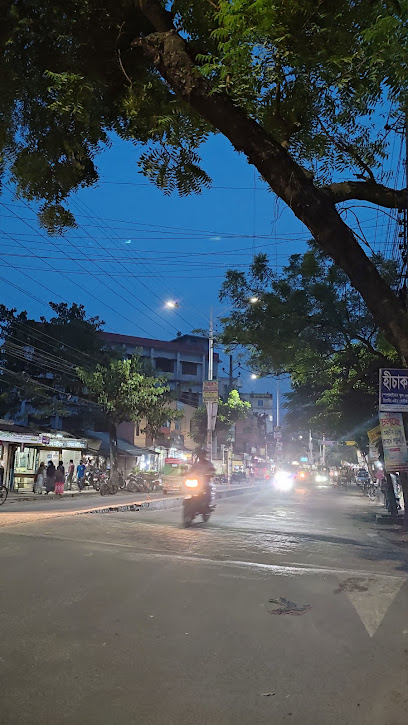
Unmissable attractions to see
DABITALA LINK ROAD,KHULNA
10.1 km
Discover the serene beauty of Dabitala Link Road, Khulna, where nature's tranquility invites you to relax and rejuvenate amidst stunning landscapes.
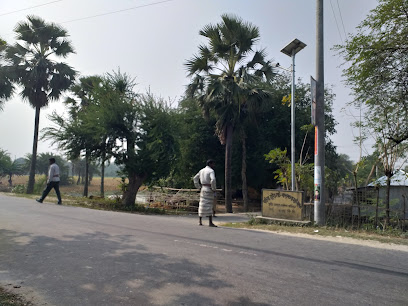
Batiaghata Riverview
13.7 km
Escape to Batiaghata Riverview for tranquil riverside scenery and a refreshing break from the city in Khulna, Bangladesh.

জলমা পুরাতন ফেরিঘাট
16.0 km
Discover the tranquil beauty of Jalma Puratan Ferry Ghat in Batiaghata, a historical landmark offering serene riverside views and a glimpse into Bangladeshi culture.
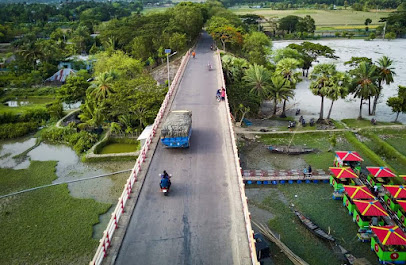
Chandra Mahal Eco Park
17.4 km
Discover nature, culture, and recreation at Chandra Mahal Eco Park, a Taj Mahal-inspired oasis near Khulna, Bangladesh. Open daily, 7:00 am to 6:30 pm.
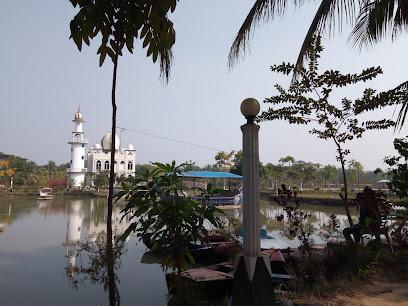
Sundorban tour plan
17.5 km
Discover the enchanting beauty of Sundarbans, a UNESCO World Heritage Site, home to Bengal tigers and diverse wildlife in a breathtaking mangrove ecosystem.

শেখ রাসেল ইকোপার্ক
19.2 km
Discover tranquility at Sheikh Russel Eco Park in Khulna, a green oasis offering natural beauty and a peaceful escape by the Rupsha River.

Rupsha Sunset Viewpoint
19.3 km
Experience the magic of Rupsha Sunset Viewpoint in Khulna: a tranquil escape where vibrant sunsets paint the sky, offering unforgettable moments of serenity.
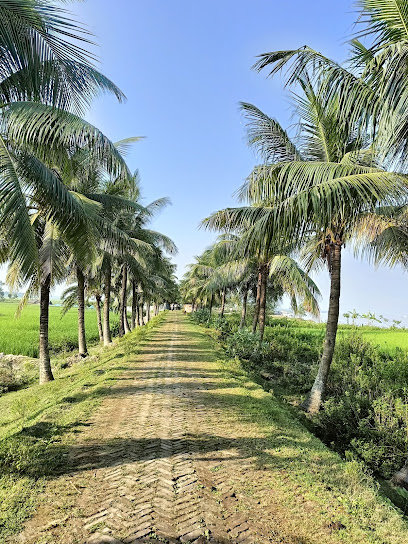
Karamjal Wildlife Breeding Center
21.1 km
Explore Karamjal Wildlife Breeding Center, a gateway to the Sundarbans, offering a close look at conservation and mangrove ecosystems.
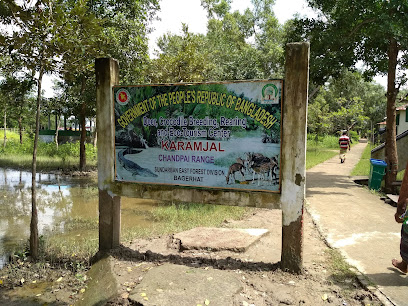
Karamjal Tourist Center. Khulna
21.1 km
Discover the wonders of the Sundarbans at Karamjal Tourist Center: a gateway to mangrove forests, crocodile breeding, and unique wildlife encounters, just a short boat trip from Mongla.
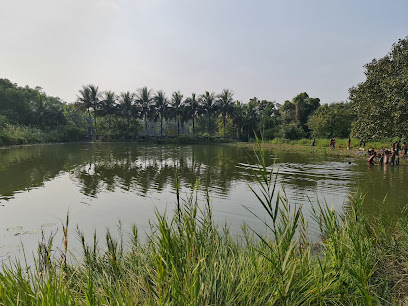
Sundarban national forest
21.1 km
Explore the world's largest mangrove forest, home to the Royal Bengal tiger, in the heart of the Ganges Delta.
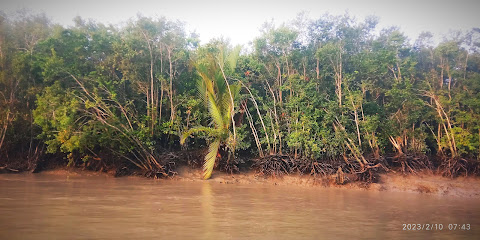
Karamjal
21.1 km
Explore Karamjal, an ecological wonder in the Sundarbans, where nature's beauty and biodiversity come alive amidst serene mangrove forests.
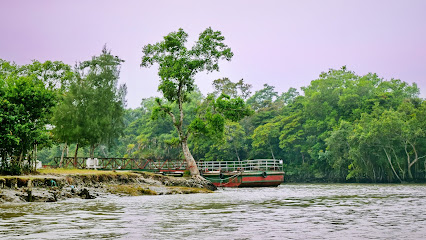
Khan Jahan Ali Bridge
21.1 km
Discover the iconic Khan Jahan Ali Bridge in Khulna: A vital link, architectural marvel, and vibrant social hub with stunning Rupsha River views.

Sundarbans Reserved Forest
21.2 km
Explore the Sundarbans Reserved Forest: a UNESCO World Heritage Site, home to the Royal Bengal Tiger, and the world's largest mangrove forest.
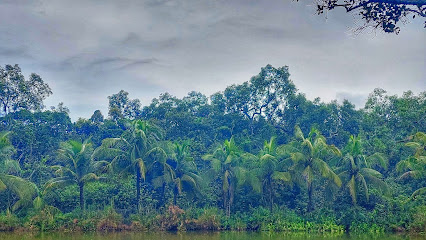
Katka Monument
22.6 km
A poignant memorial at Khulna University, honoring students lost in the Katka tragedy and symbolizing resilience and remembrance.
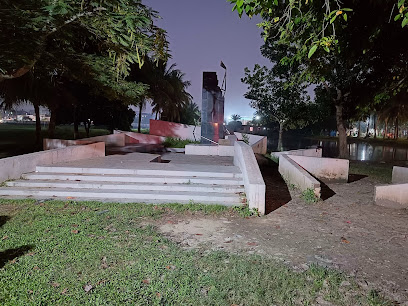
Rupsa Riverview
22.9 km
Experience tranquility on the Rupsa River in Khulna, Bangladesh, a scenic escape into nature and local culture.
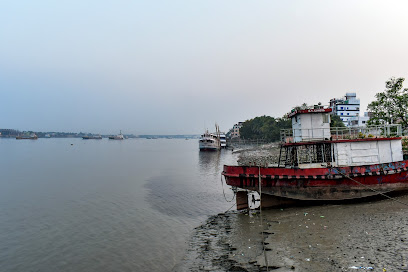
Essential places to dine
Mangrove Haven Resort
13.0 km
Experience tranquility and adventure at Mangrove Haven Resort in Kailashganj, where luxury meets nature amidst stunning mangroves.
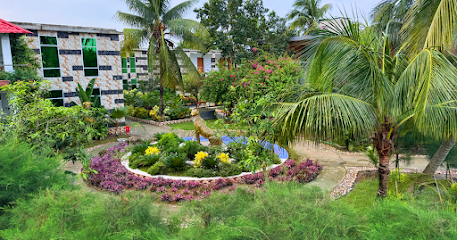
সুন্দরবন হোটেল এন্ড রেস্টুরেন্ট ট্যুরিস্ট স্পট
17.5 km
Experience family-friendly hospitality at Sundarbans Hotel and Restaurant while exploring the enchanting beauty of Bangladesh's Sundarbans.

Bonobibi Forest Resort Sundarban
17.9 km
Experience tranquility at Bonobibi Forest Resort Sundarban - where nature meets comfort amidst breathtaking landscapes.
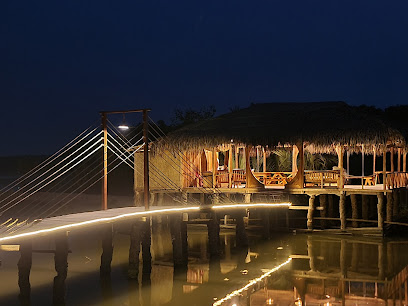
Firefly Restaurant
20.7 km
Discover the exquisite flavors of Bangladesh at Firefly Restaurant in Khulna, where delightful dishes meet warm hospitality.
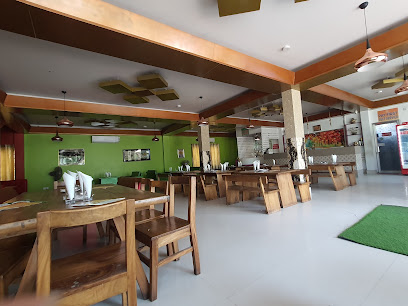
Kamrul Hotel
22.0 km
Discover authentic Bangladeshi flavors at Kamrul Hotel in Khulna - where every meal tells a story.
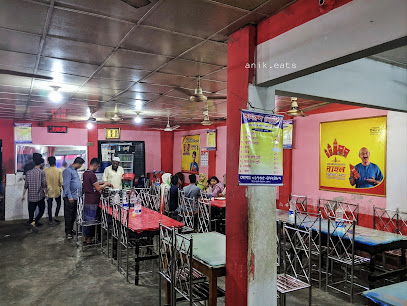
Rupkatha Restaurant
22.0 km
Experience authentic Bangladeshi cuisine at Rupkatha Restaurant in Khulna - where flavors meet tradition.

Mejban bari, Khulna
22.2 km
Discover authentic Bangladeshi flavors at Mejban Bari - a culinary delight nestled in the heart of Khulna.

O' Khulna - Parkside Restaurant
22.4 km
Experience authentic Bengali cuisine at O' Khulna - Parkside Restaurant, where every dish tells a story of tradition and flavor.

The Evening Touch
22.6 km
Discover the culinary charm of Khulna at The Evening Touch, where authentic barbecue meets vibrant local culture.
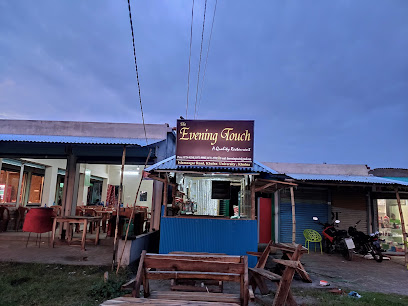
Basher Kella
22.7 km
Savor authentic Asian cuisine in Khulna's vibrant dining scene at Basher Kella - where tradition meets flavor.
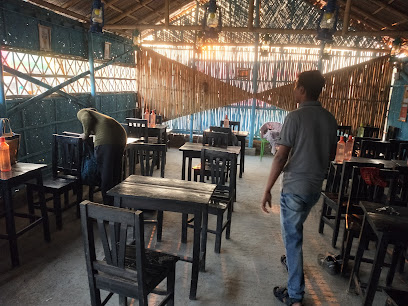
Prothom Shad Restaurant
23.5 km
Discover the essence of Bangladeshi cuisine at Prothom Shad Restaurant in Khulna, where every meal is a celebration of local flavors.

New Sufiya Hotel & Restaurant
23.6 km
Experience authentic Bangladeshi cuisine at New Sufiya Hotel & Restaurant in Khulna, where delicious flavors meet warm hospitality.

Sultan Hotel
23.6 km
Discover authentic Bangladeshi cuisine at Sultan Hotel in Khulna – where every dish tells a story.

Wimpy's
23.8 km
Discover delightful flavors at Wimpy's in Khulna—where every meal is an unforgettable culinary adventure.

The Avenue Restaurant
23.9 km
Savor authentic Bangladeshi flavors at The Avenue Restaurant in Khulna - a must-visit culinary destination for food lovers.

Markets, malls and hidden boutiques
Iraboti Eco Resort & Research Center Limited
17.5 km
Experience nature's tranquility and learn about sustainable practices at Iraboti Eco Resort & Research Center in Dacope, Bangladesh.

Top ten-1
21.8 km
Explore Khulna's fashion scene at this vibrant clothing store, offering a blend of local culture and contemporary styles for every taste.

unique selling point
23.9 km
Discover a treasure trove of beauty products in Khulna, from popular cosmetics to unique local finds for every beauty enthusiast.

Bistro C
23.9 km
Discover the rich flavors of Khulna at Bistro C, where local and international cuisines come together in a warm, welcoming atmosphere.

UK Variety Shopping
24.0 km
Explore Khulna's UK Variety Shopping for a delightful mix of baby items, cosmetics, and unique jewelry in a vibrant shopping atmosphere.

QuniQs Fashion & Digital Printing
24.1 km
Discover trendy youth fashion and custom print services at QuniQs Fashion & Digital Printing in Khulna, where creativity meets style.
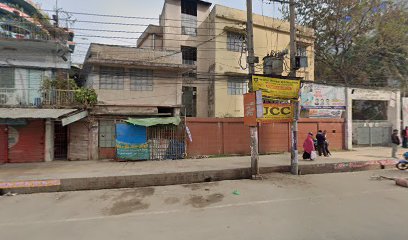
Daraz Khulna Hub (Drop Off Point & Collection Point)
24.2 km
Explore the Daraz Khulna Hub, a central drop-off point for the largest online shopping experience in Bangladesh, blending convenience with local culture.
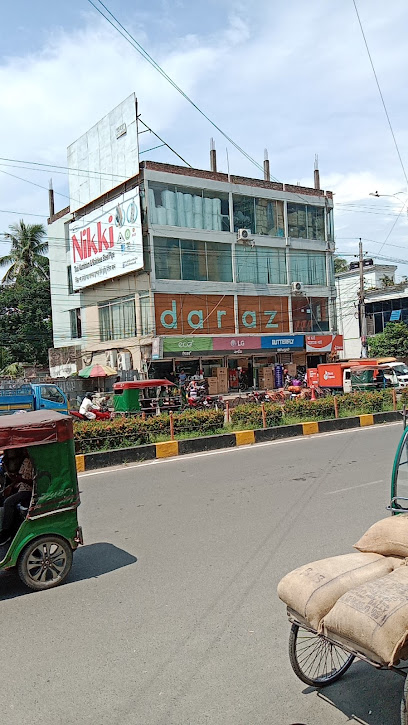
Rim Best Fashion House in Khulna
24.6 km
Explore the latest fashion trends at Rim Best Fashion House in Khulna, where style meets quality in a delightful shopping experience.

Ratul the best fashion house in khulna
24.6 km
Explore the vibrant world of fashion at Ratul, Khulna's premier fashion house, showcasing unique accessories blending modern style with tradition.

Top Ten Fabrics & Tailors
24.6 km
Explore Top Ten Fabrics & Tailors in Khulna for a unique selection of textiles and expert tailoring services that celebrate local craftsmanship.

Rakib best fashion house khulna
24.7 km
Explore the vibrant fashion scene at Rakib Best Fashion House, Khulna, where unique styles meet local craftsmanship.
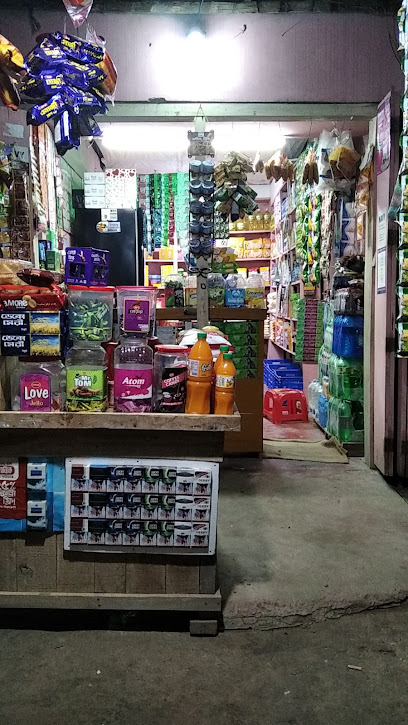
Khulna Shopping Complex
24.7 km
Discover the lively Khulna Shopping Complex, where shopping meets culture in the heart of Bangladesh's vibrant city.

DARAZ STORE
24.7 km
Experience the best of local shopping and unique finds at Daraz Store in the heart of Khulna.
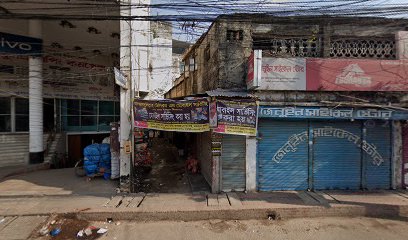
Top Ten Tailors
24.7 km
Discover bespoke tailoring and exceptional craftsmanship at Top Ten Tailors in the heart of Khulna, where your fashion dreams come to life.

Brand shop
24.7 km
Explore trendy clothing and unique styles at Brand Shop, located in the heart of Khulna's vibrant Abdul Jabbar Market.

Essential bars & hidden hideouts
ভাই ভাই বিল্লাল সষ্টোর
9.1 km
Discover the vibrant nightlife at ভাই ভাই বিল্লাল সষ্টোর, where local culture meets refreshing drinks and lively entertainment.
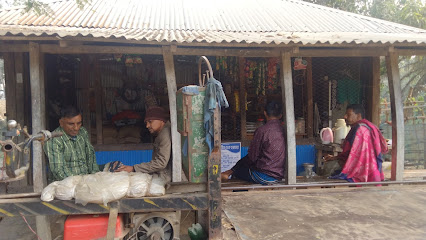
Mukesh Home
18.6 km
Discover the lively vibe and local flavors at Mukesh Home, a top bar destination in Nurpur Amirpur for tourists seeking a vibrant nightlife experience.

kathbirile
22.2 km
Experience the authentic taste of Bangladesh at Kathbirile, Khulna's top restaurant for traditional cuisine and warm hospitality.

SPICY INN
22.7 km
Experience the vibrant flavors of Khulna at Spicy Inn, where authentic spices and warm hospitality create unforgettable dining moments.

Juice Bar
22.7 km
Discover refreshing beverages and a lively atmosphere at Khulna's Juice Bar, your perfect oasis for relaxation and revitalization.

Wendy's food Court
22.8 km
Indulge in the flavors of Wendy's Food Court in Khulna, where delicious fast food meets a vibrant dining experience.

Md Ismail Hossain
23.0 km
Discover the authentic nightlife at Md Ismail Hossain Bar, where locals and tourists mingle in the heart of Khulna's vibrant social scene.
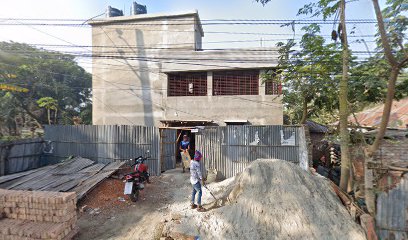
Hotel Castle Salam
23.9 km
Discover the perfect blend of comfort and convenience at Hotel Castle Salam, your ideal stay in Khulna's vibrant heart.

Ayskurone Shop
23.9 km
Discover the vibrant ambiance and exquisite drinks at Ayskurone Shop, a must-visit bar in Bangladesh for travelers seeking local flavors.
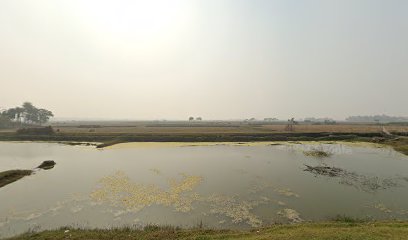
M.F. Hasib Sheaikh
24.6 km
Discover the vibrant nightlife at M.F. Hasib Sheaikh, a lively bar in Khulna offering a diverse drink selection and the perfect atmosphere for relaxation.
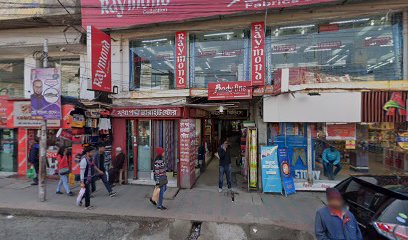
District Bar Association, Khulna
24.7 km
Explore the District Bar Association of Khulna, a pivotal institution for the legal community and a gateway to understanding Bangladesh's legal framework.
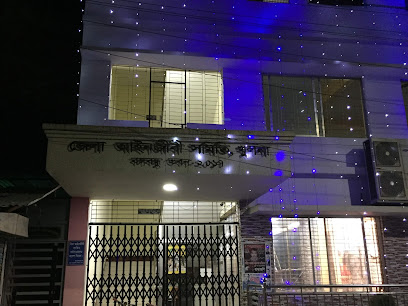
Gesco Kabab
24.7 km
Experience the authentic taste of Bangladesh at Gesco Kabab, Khulna's premier destination for delicious kebabs and local cuisine.

Dhaba @ Road Side
24.8 km
Savor the authentic taste of Bangladesh at Dhaba @ Road Side, where traditional biriyani meets modern hospitality in Khulna.

City Inn Limited
24.9 km
Discover the rich flavors of Khulna at City Inn Limited, a top-rated restaurant and hotel offering an unforgettable dining experience.

Tiger Garden Int. Hotel
24.9 km
Discover the elegance of Tiger Garden International Hotel, a perfect blend of luxury, fine dining, and stunning event venues in Khulna.




